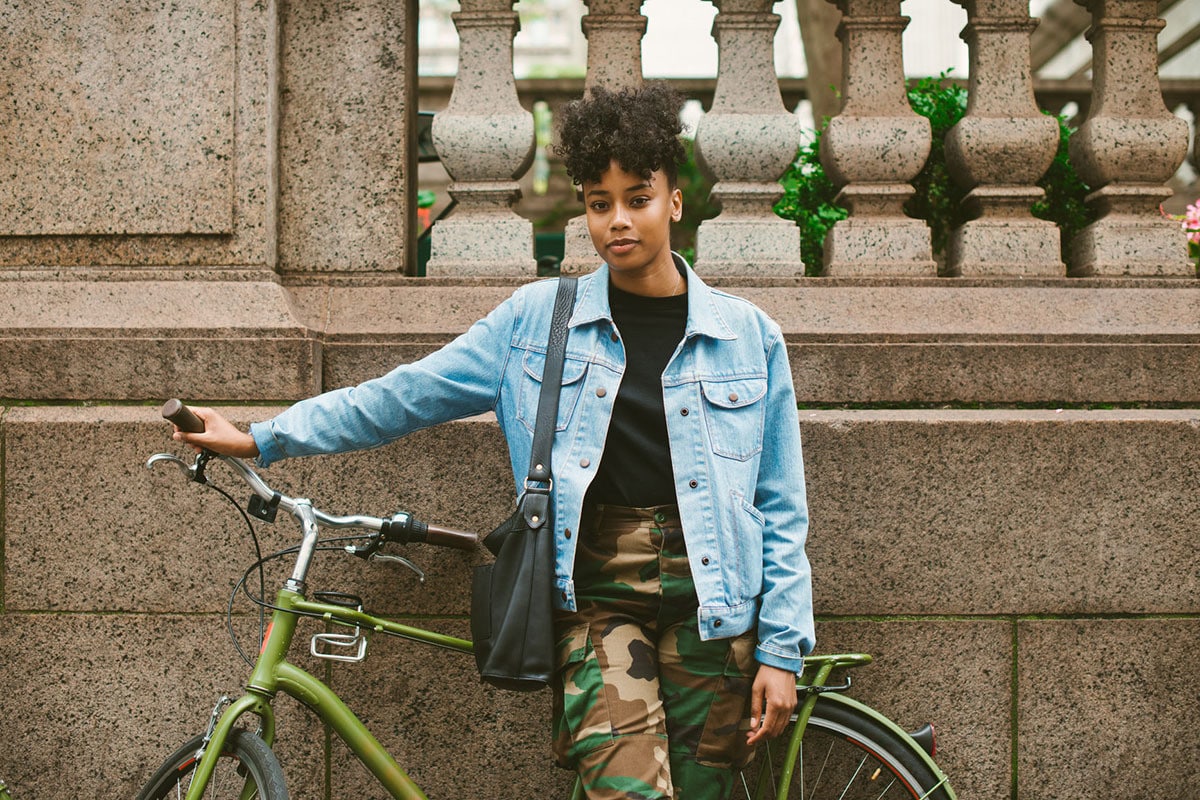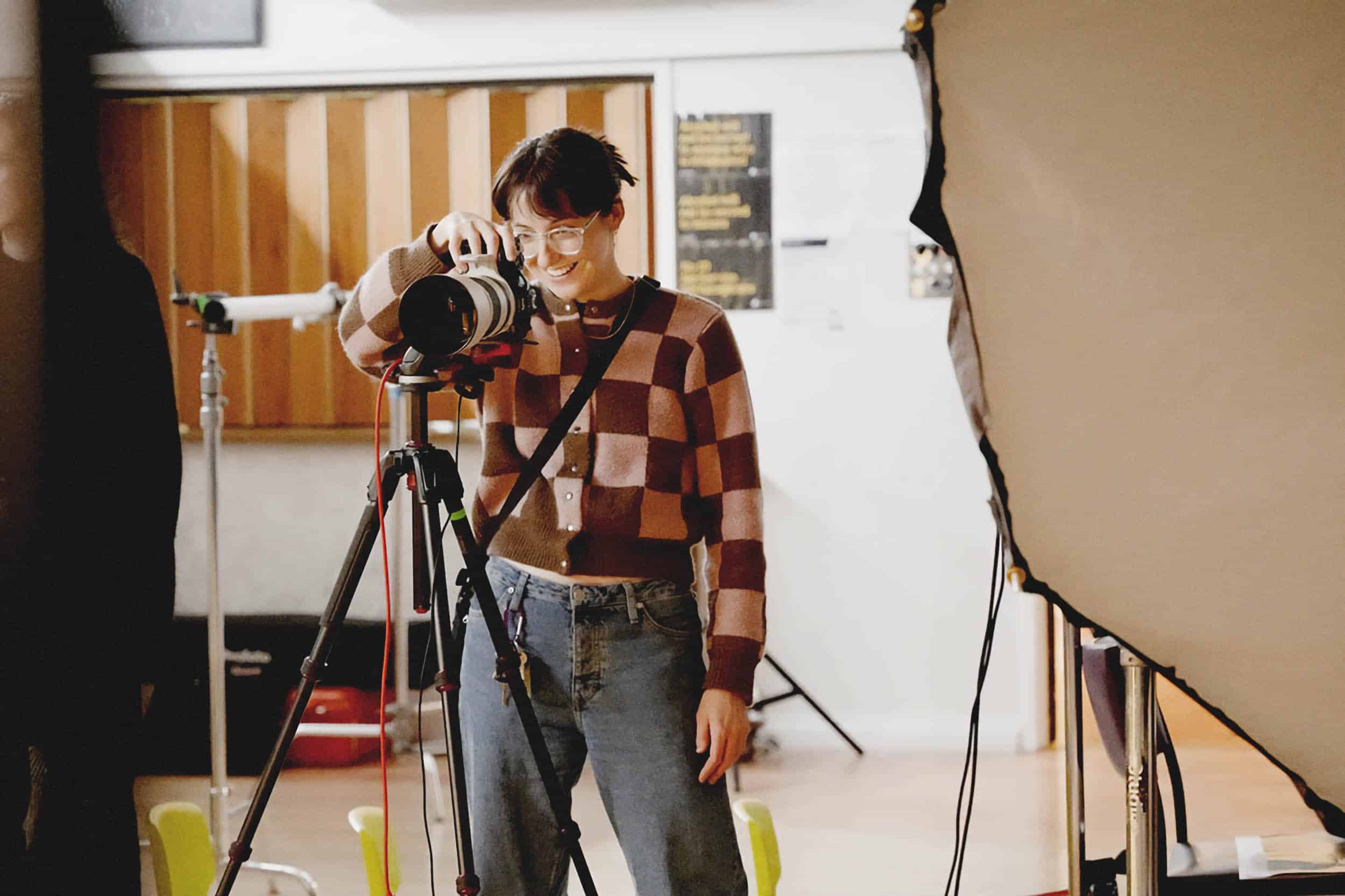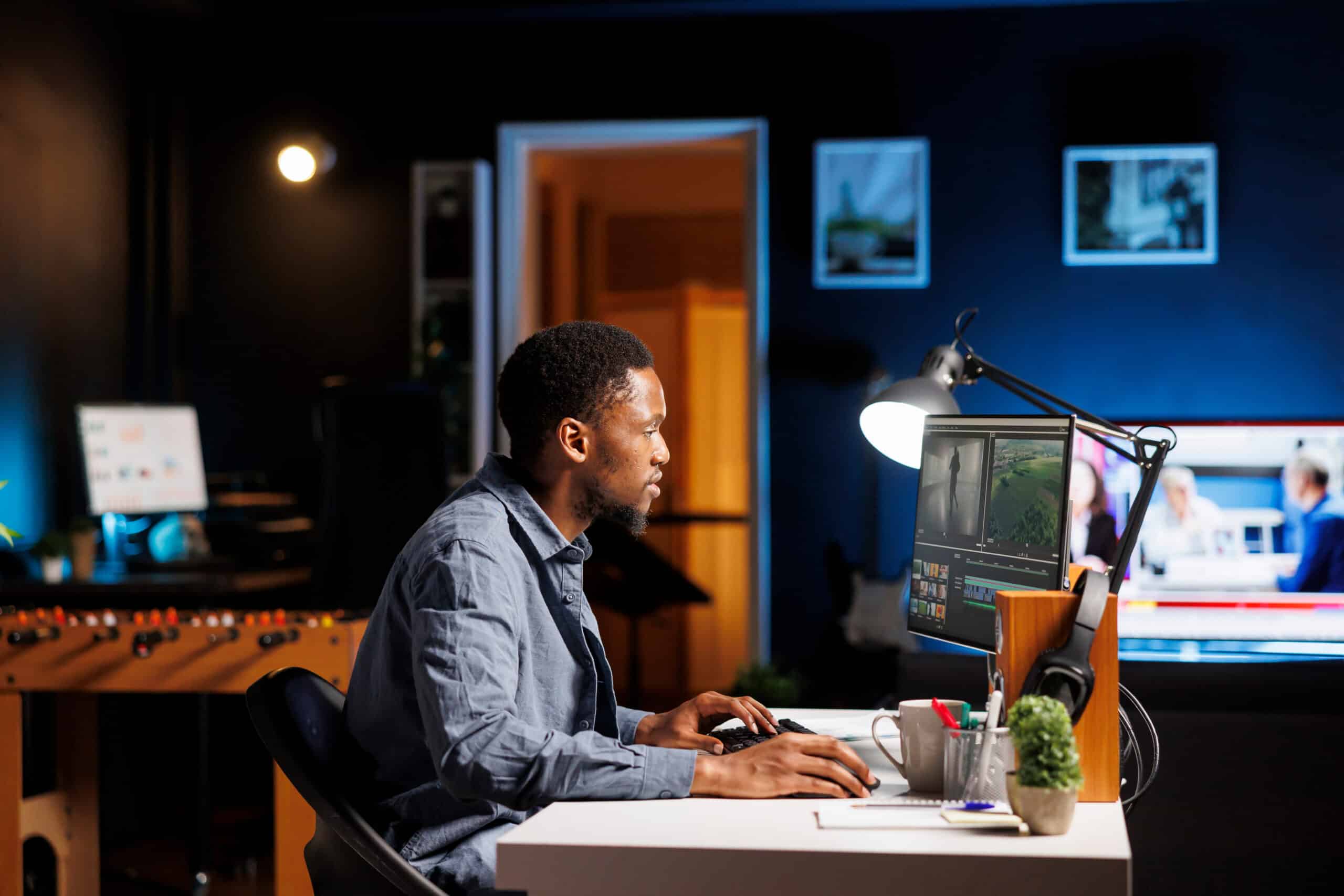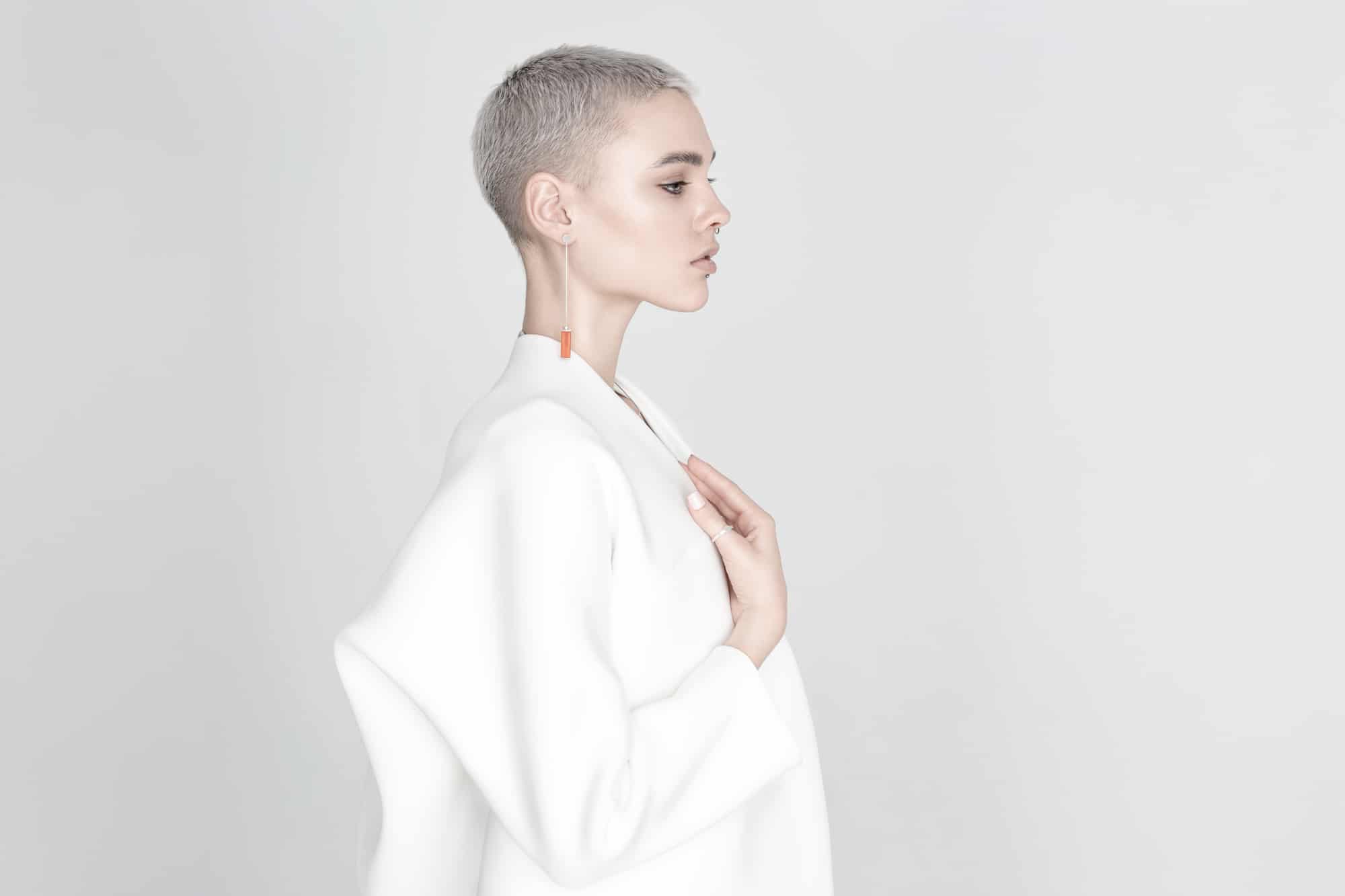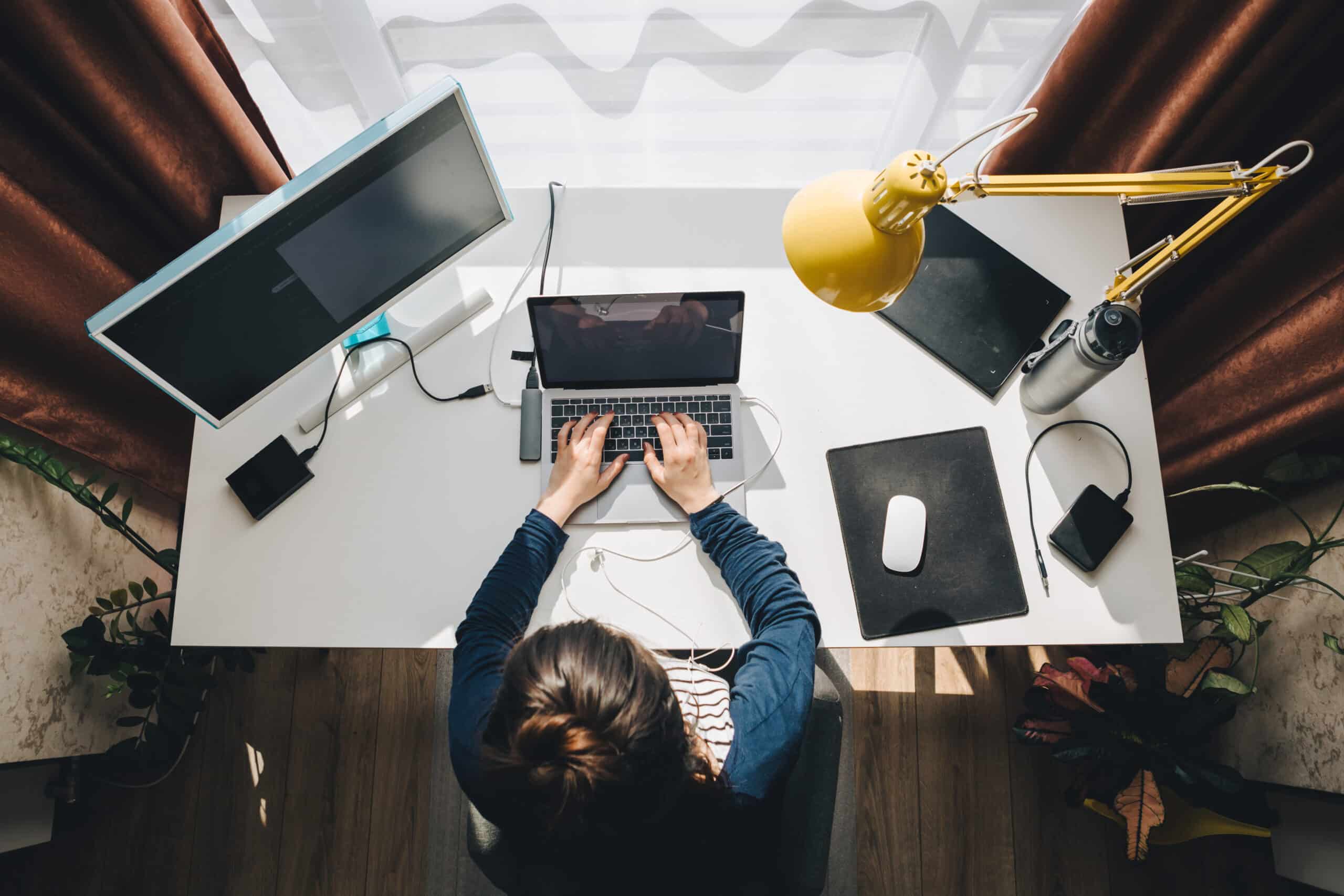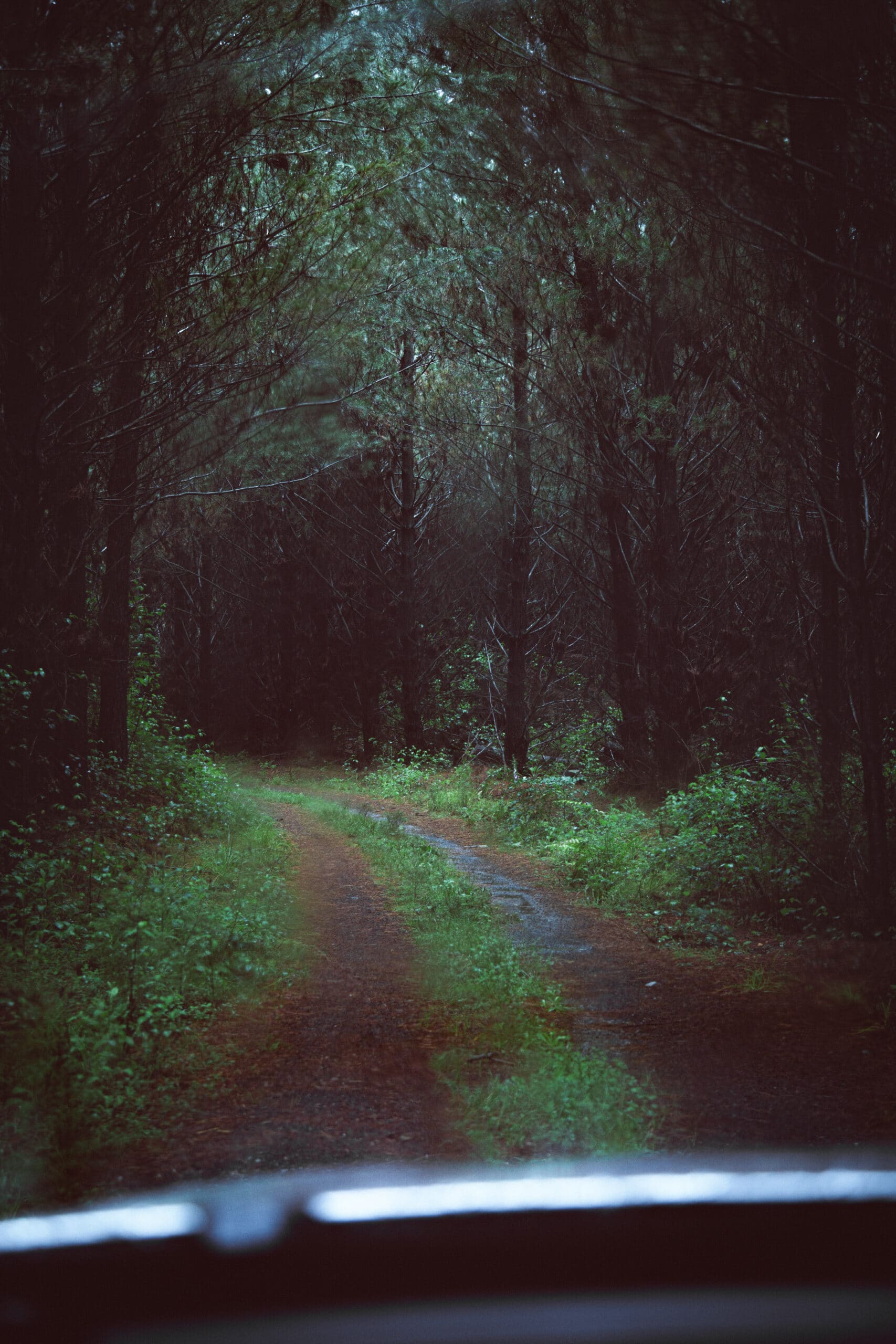You’re new in town and you want to avoid hermitude at all costs. Creatives aren’t always drawn to a new city because of the arts scene alone—other factors such as cost of living, proximity to family, and work opportunities are all reason enough to pack up and go.
But even if your new city comes with affordable rent and a great job, it is frustrating living in a new place and struggling to engage with your community. It can be difficult to assess the existing hierarchical structures of a new city’s arts community, making it challenging to figure out where you fit in.
Luckily, there are a variety of things you can do to make the transition easier, starting with educating yourself on the pre-existing scene as well as seeing where your contributions will be appreciated.
Show up for veteran artists
Poet Maya Martinez has bounced around from Baltimore and New York City, and emphasizes that new residents coming into pre-existing arts scenes must acknowledge that “those scenes have histories we should respect and take care of.” Due to convenience and accessibility we often choose to limit our social interactions to the confines of our smartphones, but physically showing up for other artists goes so much further.
Instead of merely RSVPing that you’re “interested” in an event on Facebook, get out there and show your support! As a creative, you understand how much more vivid and meaningful art is IRL, so why limit yourself when you could see the works up-close? Gallery openings are great spaces to explore solo or in pursuit of meeting new people.
As intimidating as it can be to engage with a room full of strangers, remind yourself that you probably have more in common with them than the average person you see on the street. Keep your phone tucked in your pocket and strike up a conversation with the gallery owner, the curator, or the artists themselves. It is in their best interest to connect with as many people as possible, and they’re anticipating seeing new faces.
Volunteer in the community
If you’re feeling uninspired or disconnected in your new city, combat these feelings by volunteering at your local gallery or museum. The most important resource you can contribute to the community is your time, and there’s always space to get involved when it comes to the non-profit world. DIY venues are often the easiest to work with, since they do not require a minimum number of volunteer hours or attendance at a lengthy orientation. Man the door at an event, help install new work, or teach a workshop; these are all constructive ways you can spend your time that can also help you meet new people in the arts community and find creative inspiration too.
If you are in a major city with an interest in volunteering at an arts institution, be ethical in deciding which causes deserve your time and support. The Instagram account Art Exit is a fantastic tool that delineates which organizations are affiliated with dirty politicians and lobbyists.
Volunteering allows you vast learning opportunities in exchange for labor, even though we often think of it as giving instead of receiving. If you have difficulty finding a DIY venue or arts institution that you want to get involved with, consider looking into opportunities to lead workshops or classes at local community centres, schools, shelters, or senior’s homes. You might not think of this sort of work as valuable to your art practice, but it can be an incredible way to not only get to know your community, but also expand your creativity and generate new ideas for your own work. It’s also a great way to add to your CV, showing future employers and collaborators that you’re invested in your community.
Go to workshops and classes
After completing her BFA in San Francisco, comics artist and poet Lindsay Anne Watson decided to start anew in Portland. “I found that going to artist-led workshops was really helpful,” Watson says. Freelance artists often host workshops at their studios, but community centers can also be a source for these types of opportunities. A lot of artists offer these kinds of services at a low rate or sometimes even free of charge. “It allowed me to meet new people and expand my portfolio,” Watson adds. Honing your skills and learning new ones leads to personal and physical accomplishments that will bolster your portfolio and raise your self-esteem.
Make the most of social media
Slide into people’s DMs. Though this may not be the best way to go about achieving romance, finding people to collaborate with is just a click away. For so many of us, Instagram is our most prolific and informal online portfolio website, and if you’re attracted to a person’s aesthetic or work there’s a chance they’ll feel the same way. This is one of the simplest ways you can reach out to new connections, with the least amount of effort. If meeting people online isn’t your thing, utilizing pre-existing online relationships to catalyze collaboration is a powerful way to broaden your limited network. For instance, if you’re a photographer collaborating with your friend who’s a model, they’ll introduce you makeup artists, stylists, and art directors you can contact for future projects.
Artist and editor of Trains Zine, Frankie Bruiser, recently moved to Chicago. She cites Instagram and Twitter as being “the most fruitful forms of networking in a new city,” as opposed to Tinder which is less safe and not artist-driven. At the same time, Annika White, a New York-based visual artist and model, cautions that certain social media sites can “damage or detract from the artistic mind” as the experience is “validation centered.” Not all social networks are created equal. As an artist navigating a new city, social media can best be used as a tool to establish new offline connections, as well as stay updated on local events and news.
Don’t restrict yourself to one medium
So often we get caught up in our own artistic practices when figuring out how we fit into the greater arts communities. This mentality creates mental and physical blocks that are not conducive to becoming more involved within your community. If you’re a painter, go to a poetry reading every once in a while. If you’re a performance artist, go see that new video installation that just opened. Experimenting with new media can also unlock potential for evolving your craft.
Stay positive
Fake it ‘til you make it. We’re all susceptible to the occasional (or regular) case of imposter syndrome. Being able to communicate these feelings to fellow collaborators and relish in this universal camaraderie is freeing. Create for yourself and show your work to whoever is interested. Push yourself to submit work to shows. Post that rough draft even though it isn’t polished. Set deadlines and meet them. Set deadlines and then pretend you didn’t. Consistency in practice is key, but be kind to yourself and remember that inspiration is always in flux.
Moving to a new city is intimidating. Maintaining creative momentum and putting forth effort to be involved in your community is taxing, but once the work has been put in it will be rewarding. Finding channels for artistic expression and discovering a niche is key to finding happiness in a new location. By being intentional and proactive, integrating into a new arts community can be an exciting rather than upsetting experience.
Even for those of us who are not full-time artists, it is crucial that we don’t neglect our craft as merely a hobby, and that we instead prioritize it whenever possible. As is, the act of moving is one of the biggest stressors we endure in our lives, and by navigating a new city with confidence you can alleviate some of that stress.
More useful resources for artists:
How to Write A Pitch That Gets You Published
Advice from Professors and Grads on Creating an Art Portfolio for School
The Apps Artists Use to Boost Creativity and Get Work Done
